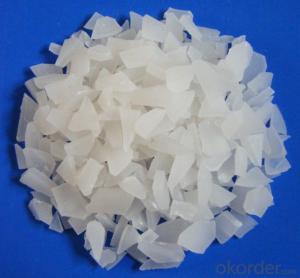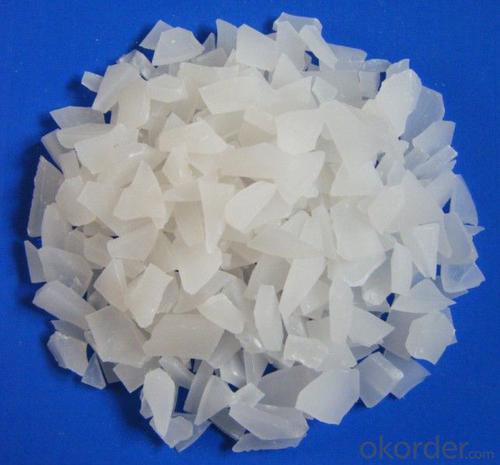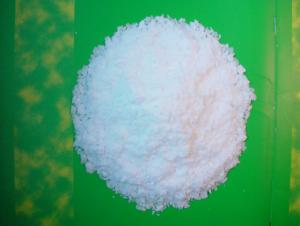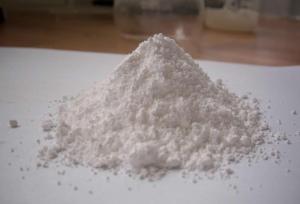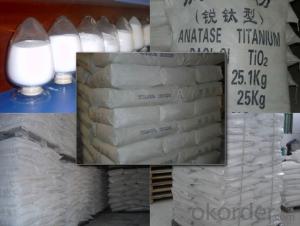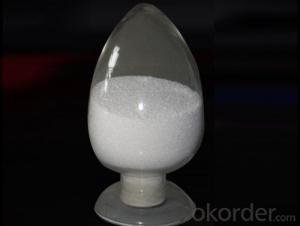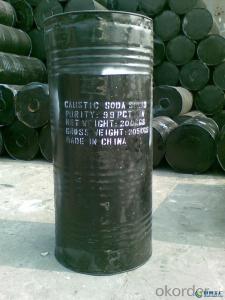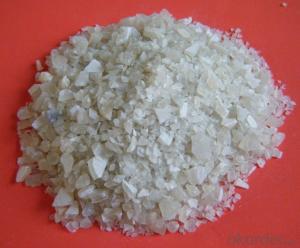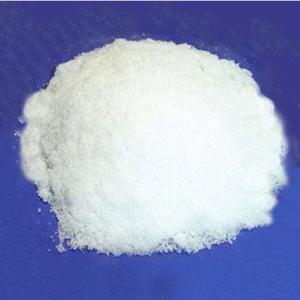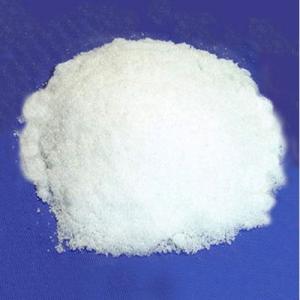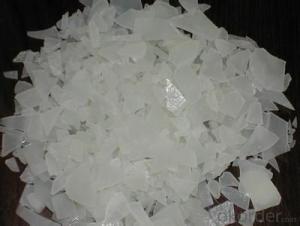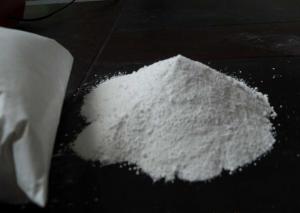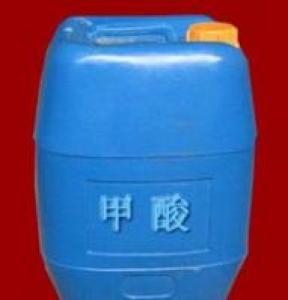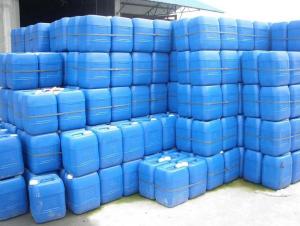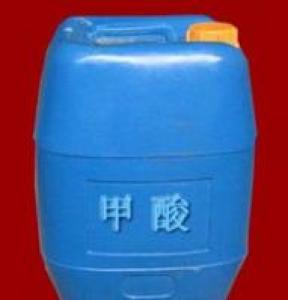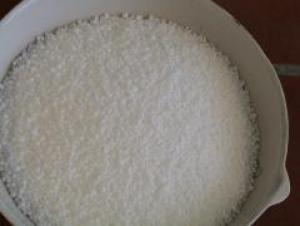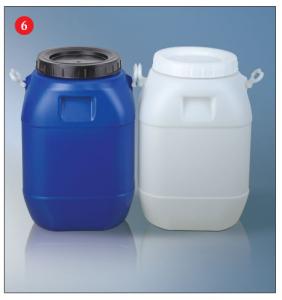SGS TEST FERRIC ALUMINIUM SULPHATE POWDER
- Loading Port:
- China Main Port
- Payment Terms:
- TT OR LC
- Min Order Qty:
- -
- Supply Capability:
- -
OKorder Service Pledge
OKorder Financial Service
You Might Also Like
Packaging & Delivery
| Packaging Detail: | PP/PE 50kg/bag;25kg/bag;Jumbo bag or according to customers' requirements. 20-25MT will be loaded in per 20'FCL container. |
| Delivery Detail: | Within 15 days after receiving the prepayment or L/C. |
Specifications
Aluminium Sulphate
Molecular Formula:Al2(SO4)3
Purity:Al2O3 15.8% 16% 17%
Shape:Flake,Granular,Powder
CAS NO.10043-01-3
1. Chemical and Physical Properties:
Product name: Aluminium Sulphate or Aluminum Sulfate
Shape: Flakes or Granular or Powder.
EINECS NO.:233-135-0
CAS No.: 10043-01-3
HS.Code: 28332200
Molecular Formula: Al2(SO4)3
Appearance:It is white or grey flake,particle or massive crystallization.
Apt to cake after moisture absorption when laid in air for a long time.A little green because of Fe2+ ,yellow when Fe2+ is oxided to Fe3+.Soluble in water easily,and water solution is acid.
2. Specification:
Standard: HG/T 2225-2001 and HG/T 2227-2004
Items | Specifications | |||
I Type:Low Ferrous/Low Iron | II Type:Non-Ferrous/Iron-free | |||
First Class | Qualified | First Class | Qualified | |
Al2O3 % ≥ | 15.8 | 15.6 | 17 | 16 |
Ferrous(Fe )% ≤ | 0.5 | 0.7 | 0.005 | 0.01 |
Water Insolube % ≤ | 0.1 | 0.15 | 0.1 | 0.15 |
PH (1% aqueous solution) ≥ | 3.0 | 3.0 | 3.0 | 3.0 |
Arsenic(As) %≤ | 0.0005 | 0.0005 | ||
Heavy metal (Pb) %≤ | 0.002 | 0.002 | ||
3.Applications:
Water effluent treatment system
It's used for purification of drinking water and wastewater treatment by settling of impurities by
means of precipitation and flocculation.
Paper Industry
It helps in sizing of paper at neutral and alkaline pH, thus improving paper quality (reducing spots
and holes and improving sheet formation and strength) and sizing efficiency.
Textile Industry
It is used for color fixing in Naphthol based dyes for cotton fabric.
Other Uses
Leather tanning, lubricating compositions, fire retardants; decolorizing agent in petroleum, deodorizer; food additive; firming agent; dyeing mordant; foaming agent in firefighting foams; fireproofing cloth; catalyst; pH control; waterproofing concrete; aluminum compounds, zeolites etc.
4. Package:
Packaging Detail: PP/PE 50kg/bag;25kg/bag;Jumbo bag or according to customers' requirements.
20-25MT will be loaded in per 20'FCL container.
5. Attention and Storage:
The product is liable to absorb moisture and clot due to long-term exposure, so shady, cool and ventilated environment is needed.
- Q: I'm said that with the increase of temperature the inorganic salts will decrease. Will that be correct?
- IIRC, it depends on the salt.
- Q: Why do you go to sleep
- If the waist pain heavier, or to see a doctor it
- Q: Does the inorganic salt fight the mass spectrum?
- Can it be specific? What mass spectrometer, which inorganic salts. Do EI need samples can be vaporized, inorganic salts obviously not appropriate
- Q: What do we get from the milk?
- Incense is not it Well! After your girlfriend will be like the oh ..
- Q: What is the difference between chemical monomer and elemental
- Select the monomer should consider the following factors; 1. Functional 2. Main chain chemical type: hydrocarbon type monomer, ether monomer, alkoxylated monomer. 3. Chemical structure: linear structure, branched structure, ring In general, the functionality is reduced, the viscosity decreases, the dilution capacity increases, the activity increases; the structure affects the viscosity and the homopolymer glass transition temperature; the molecular weight is low, the activity is large, the viscosity is low and the dilution ability is strong.
- Q: Octopus why the lack of boron-containing inorganic salts can cause rape to flow only without fruit
- Boron has a great influence on the reproductive process of plants, which can accelerate pollen differentiation and pollen tube elongation. In the absence of boron, pollen tube germination is affected, poor fertilization, which leads to the formation of seeds affected, the reduction of growth hormone produced by the reduction of growth hormone will affect the formation of fruit.
- Q: Would you like some rice when you cooked rice or millet gruel?
- But there is a situation, that is, in the boiled polenta, corn paste, the production of Wo Wo first corn products, should add a small amount of alkali. This is because the corn contains niacin is very high, but there are 63% to 74% can not be absorbed by the body combined with niacin, long-term consumption of this corn food may occur niacin deficiency - podular disease: dermatitis , Diarrhea and dementia. Early symptoms include lazy weakness, loss of appetite, chapped lips, tongue swelling and pain. If the disease continues to develop, will make the skin in the sun dermatitis, face, hands and feet skin will appear red, long blisters, peeling, brown pigmentation, rough and wrinkles and other symptoms. In order to avoid this situation, the best way is to add some alkali in the corn food, that is, in the boiled polenta, corn batter, do Wo head, the amount of some alkali. This can make the combination of corn in the release of niacin released into a free niacin, alkali-added corn food generally niacin release rate of up to 37% to 43%, and also save vitamin B1 and vitamin B2, very It is good.
- Q: That day, I put the alum in the water, and then I smell the gas, I would like to know the alkali is not harmful to people, right?
- Alcohol and dark green vegetables due to the excessive spraying of pesticides and the adhesion of organic acids or sulfide, which can keep the original color of vegetables, and remove pesticides on vegetable pollution;
- Q: Is the inorganic salt the same as the saline?
- Saline is sodium chloride solution, most people use the point is 0.9%.
- Q: Would the amount of saltwater drops a penny surface could hold without spilling increase, or decrease, as the salt concentration increases? Also, maybe an explanation behind why it increases/decreases?Thank you!
- The source below says inorganic salts increase surface tension. In the present case increasing the concentration of salt (and so increasing the surface tension) would result in an increase in the number of drops being held on the surface of the penny.
Send your message to us
SGS TEST FERRIC ALUMINIUM SULPHATE POWDER
- Loading Port:
- China Main Port
- Payment Terms:
- TT OR LC
- Min Order Qty:
- -
- Supply Capability:
- -
OKorder Service Pledge
OKorder Financial Service
Similar products
Hot products
Hot Searches
Related keywords
